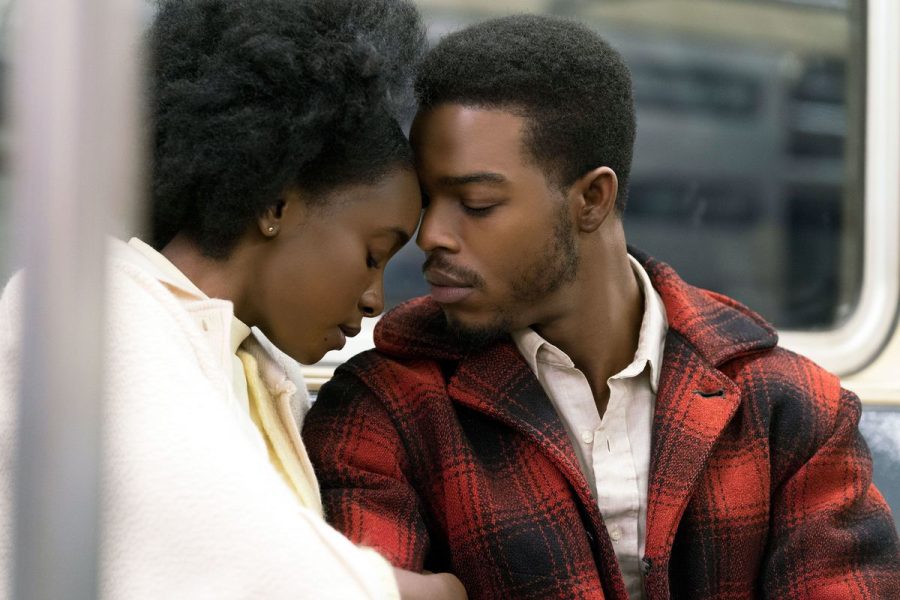If Beale Street Could Talk: A Heartbreakingly Poetic Examination of Heritage and History
January 29, 2019
The great news is that we have ac
Charles Dickens’s most famous line as a writer is possibly his opening to A Tale of Two Cities: “It was the best of times, it was the worst of times.” It is a fascinating paradox of a line. The simultaneously positive and negative nature of such an idea make it endearing and has kept Dickens’ line in the public consciousness since he published his work.
Barry Jenkins’ “If Beale Street Could Talk,” an adaptation of the novel of the same title by James Baldwin, is the story of the relationship between Tish and Fonny, their fight against racial injustice when Fonny is wrongly accused of rape and their love that perseveres through the adversity they encounter. However, above all perhaps, it is Jenkins’ self-exploration and examination of an era in American history, Harlem in the 1970s in American history, looking back to find the time resembles the paradox Dickens wrote about centuries ago.
Beale Street is lyrical and poetic, capturing the eloquence of Baldwin’s writing through its cinematic flow that reflects his poise and grace as a writer. It feels almost as if a play were put to screen, a lively, important drama given a background of lush coloring born of the dreams and fantasies of a painter. Jenkins brings Harlem bursting to life with every shot and tone, whether it be a red umbrella or the skin tones of Tish and Fonny, evincing his love for Baldwin’s book and for the time period he depicts.
At the same time, Jenkins clashes his love for this time in American history, one close to his heart, with the pain and hatred he simultaneously feels towards it. For every soaring shot of Harlem awash in sunlight and highlighted by baby blue skies, Jenkins splices in photos of police brutality, moments of racial discrimination, and scenes of tragedy and suffering. Beale Street is Jenkins’ heart on screen, torn in two directions, one of love and fondness of the time period, one of hatred and anger.
Beale Street’s score is utilized as a vehicle to understand and highlight Jenkins’ inner turmoil, bringing the conflict dormant within each scene to life. Nicholas Brittell’s emotional and moving score clashes light horns and piano chords with heavier, darker notes from hurried strings and horns once more, reflecting Jenkins’ internal debate. The alteration between heavenly cues, communicating nostalgia and fondness, and cues resembling scores from horror films, wrought with tension and terror, brings Jenkins’ heart to life, the soundtrack to his own thoughts on Harlem in the 1970s.
Jenkins begins Beale Street with a quote from James Baldwin himself, describing Beale Street as the birth of not only jazz but also the birthplace and home of all black people. It is this very idea that, by nature, Jenkins grapples with in his film. Jazz is full of love, but also passion and anger. It can be airy and spring-like, but also dark and full of pain. Putting 70’s-era Harlem to screen with jazz-based horns and “Beale Street” as its background, Jenkins debates whether it is possible to love and hate something simultaneously.
Ultimately though, Beale Street concludes, and thus so does Jenkins’ line of thought. Jenkins does not side with his love-tinged view of Harlem, nor his hate-fueled perspective. Instead, he comes to see that, like the jazz born from the same home, he, as a black man, is full of both love and hate, his views towards Harlem encapsulating this. To forget one and favor the other would be to forget who he really is as a black American, to forget his home on Beale Street. Jenkins concludes by embracing both love and hatred at the same time, welcoming the Dickens quote and furthering it, transforming it from a general quote about life to one about his life and the lives of black Americans across the country.











